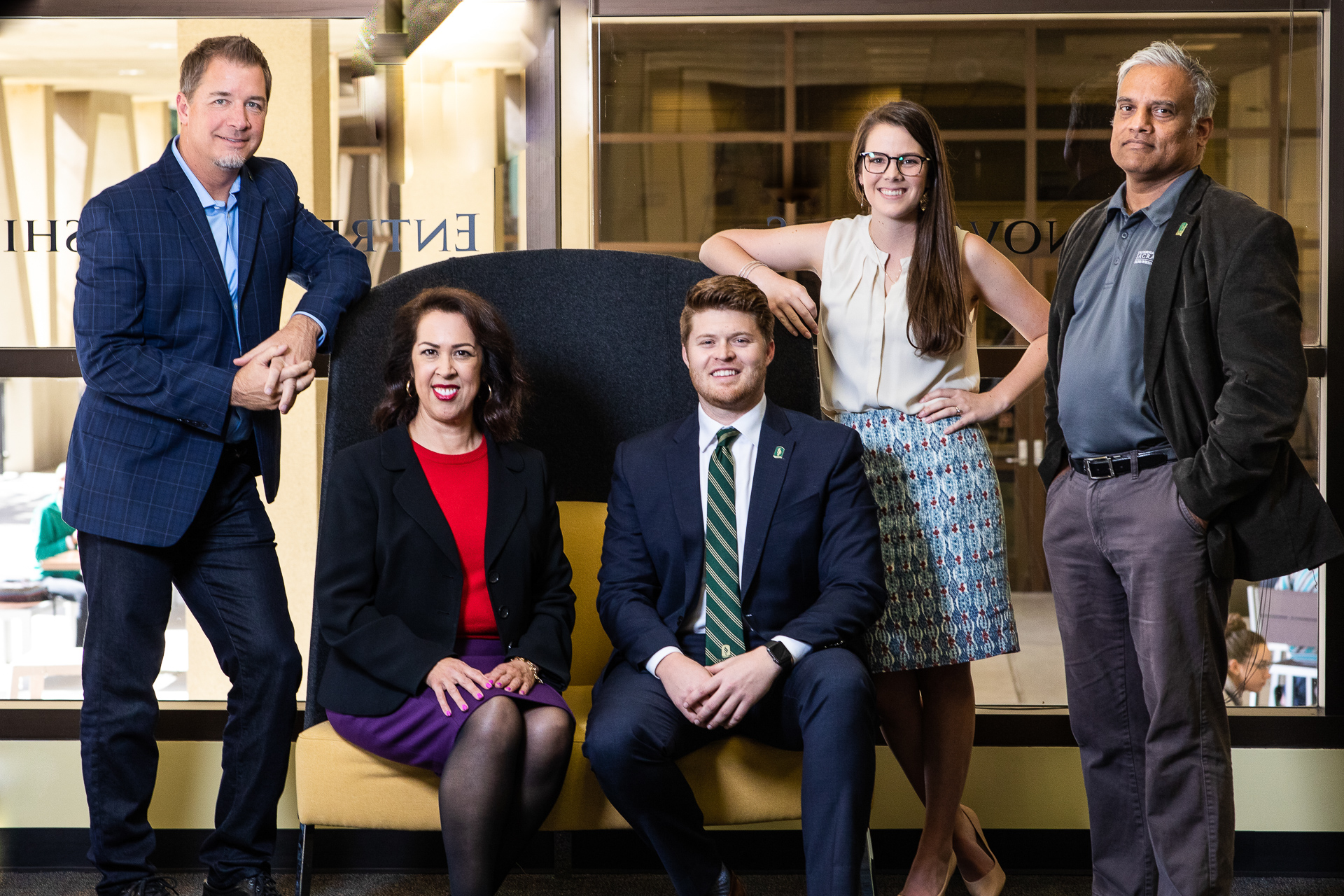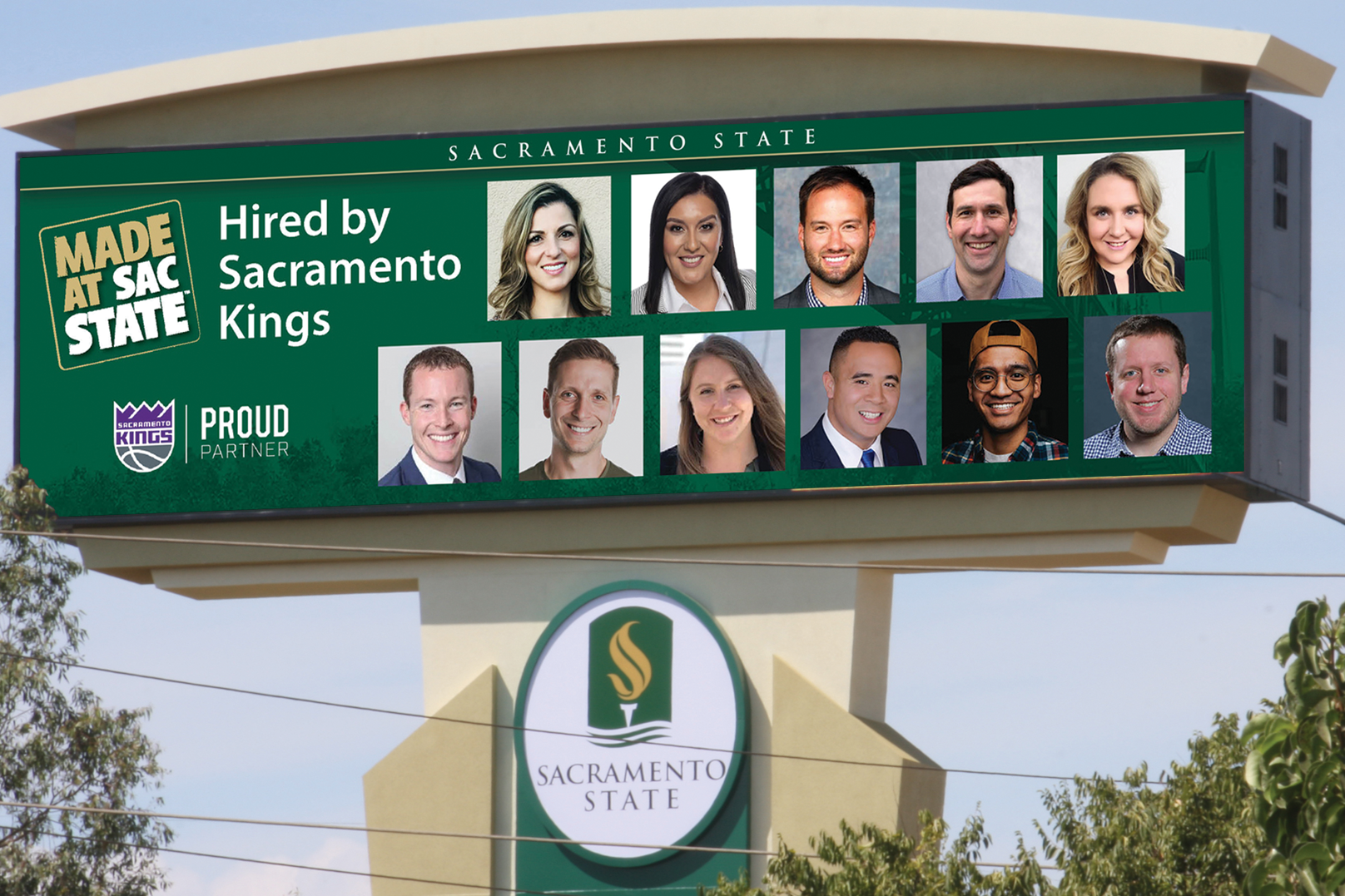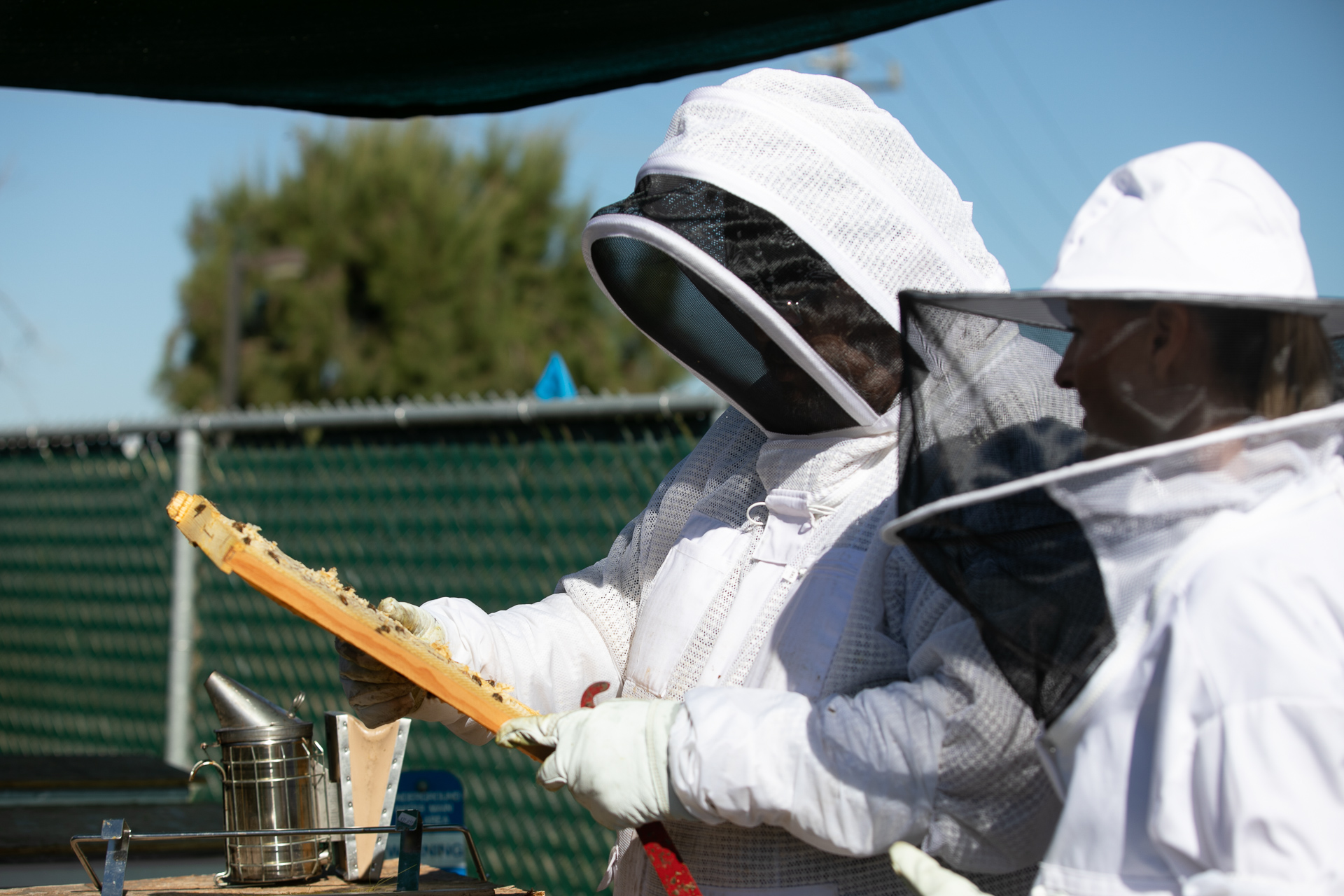Story Content
Sac State's ties to California Mobility Center are strong as plans advance for 'The Hub'
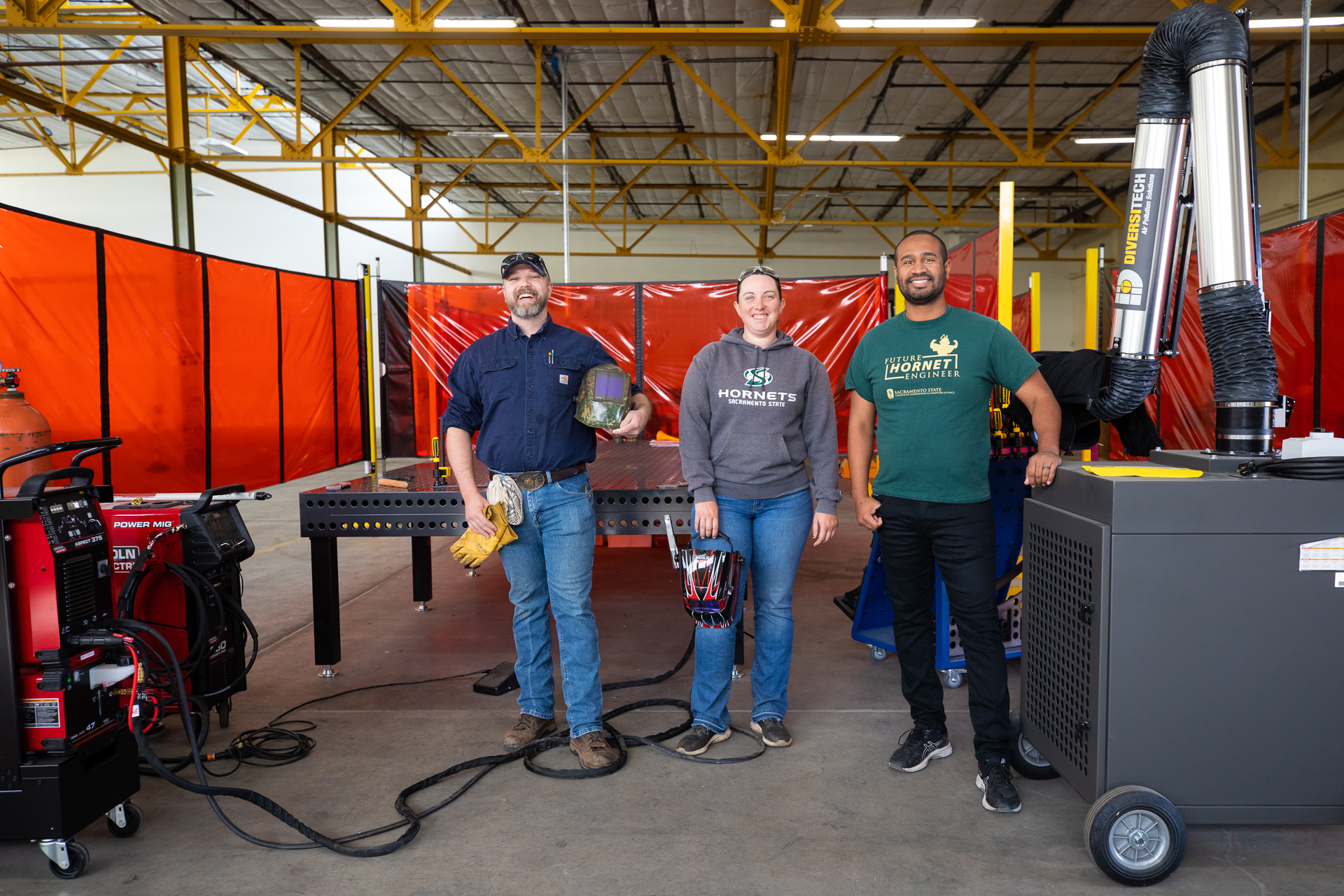
April 09, 2021
In a few years, motorists traveling along Sacramento’s Ramona Avenue will see cutting-edge autonomous and electric vehicles silently traversing hills and curves on a test track outside the California Mobility Center (CMC).
The large-scale track will be the public showpiece at The Hub: Sacramento State Research Park, where CMC’s permanent ramp-up factory will sit on 25 acres owned by the University. The site at 3100 Ramona Ave., about a half mile south of the campus, is expected to be developed in five to seven years.
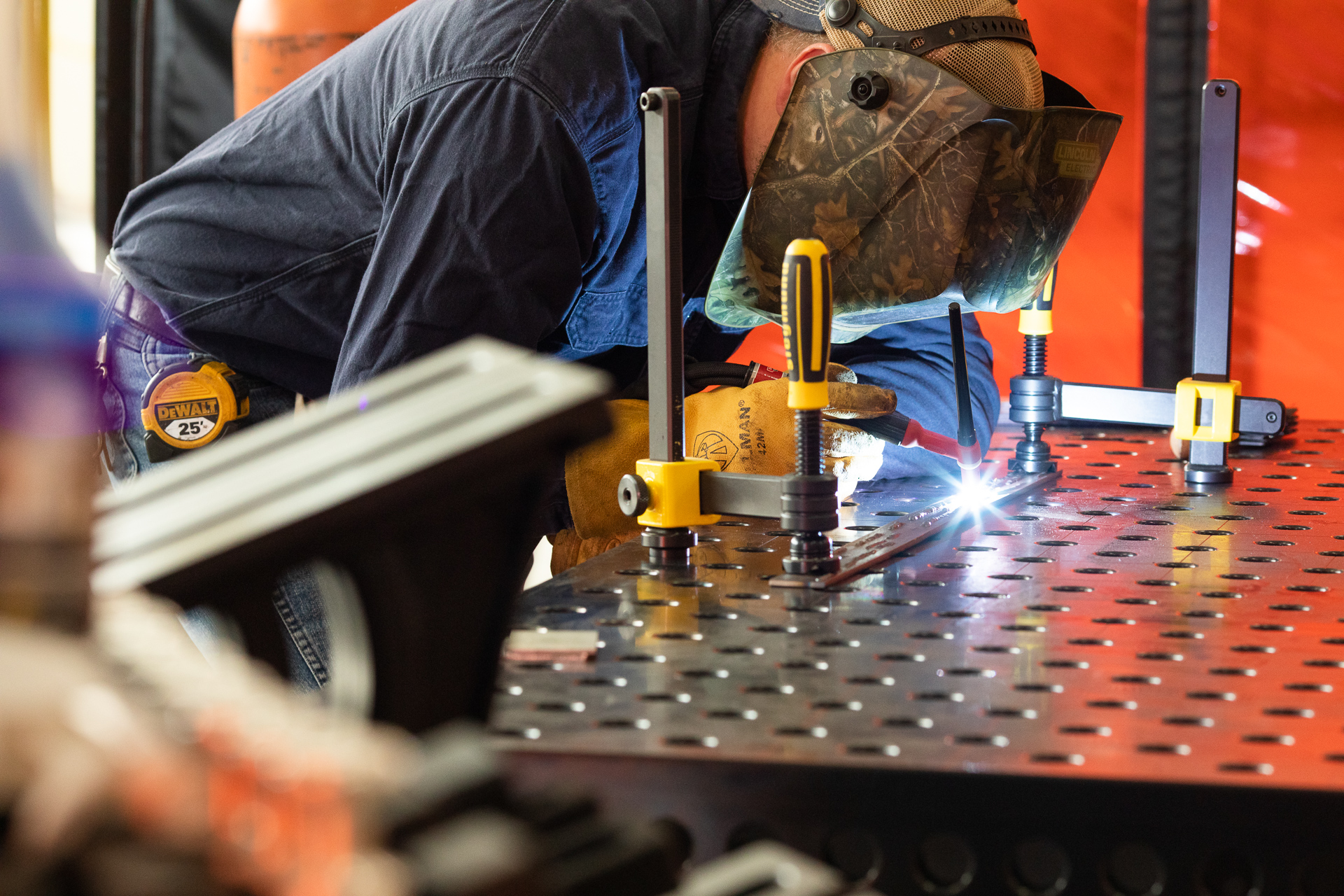
Sac State bought the acreage, once home to a California Youth Authority correctional facility, from the state for a discounted $2.3 million in 2005. The University intended to build student and faculty housing there until the 2008-09 recession put those plans on hold. The University used the land as a remote parking site for students during construction of Parking Structure 5, which opened in 2018.
The Ramona Avenue property is within the Sacramento Center for Innovation, the city’s set-aside for innovative business and clean technology industries. The location is ideal for eventual development of CMC’s permanent ramp-up factory, promising ready access to technology innovators as well as to Sac State students and faculty, said Jonathan Bowman, the University’s vice president for Administration and chief financial officer, as well as CMC’s secretary/treasurer.
“Sac State is involved with the CMC because of the great partnership opportunities,” Bowman said. “Student interns will get hands-on experience with developing technologies, and CMC clients will benefit from those same students in the commercialization of their products.
“This could lead to the creation of Sac State programs specifically geared toward these emerging technologies, giving our students valuable experiences that are difficult to obtain elsewhere,” Bowman added.
(Story continues below image)
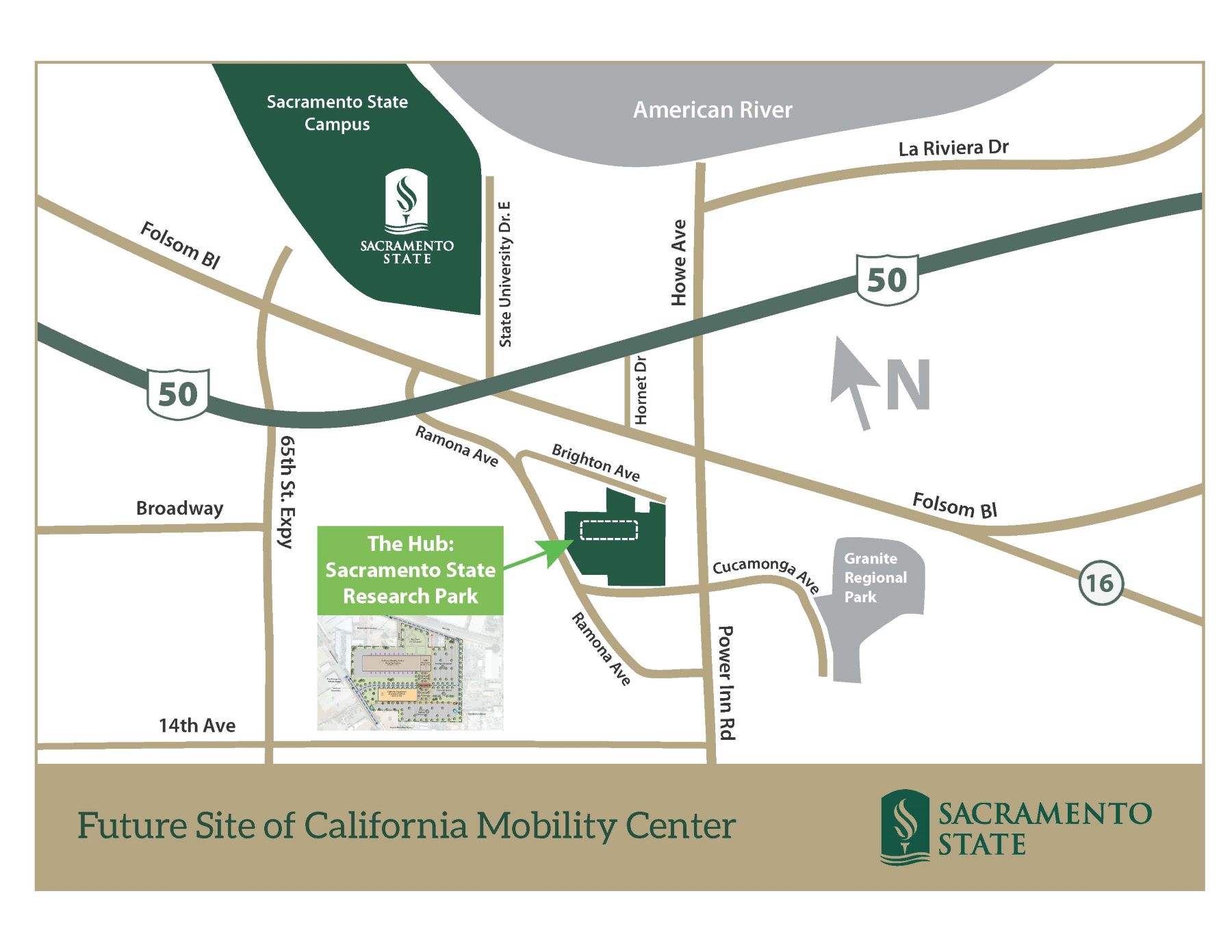
In the meantime, CMC is setting up in leased quarters at Depot Park in south Sacramento, where activity continues to grow following the center’s official launch in March.
Sacramento State is a founding member of CMC, a nonprofit, public-private business acceleration hub that aspires to become a leading global innovation and commercialization center and to set the pace in electric mobility.
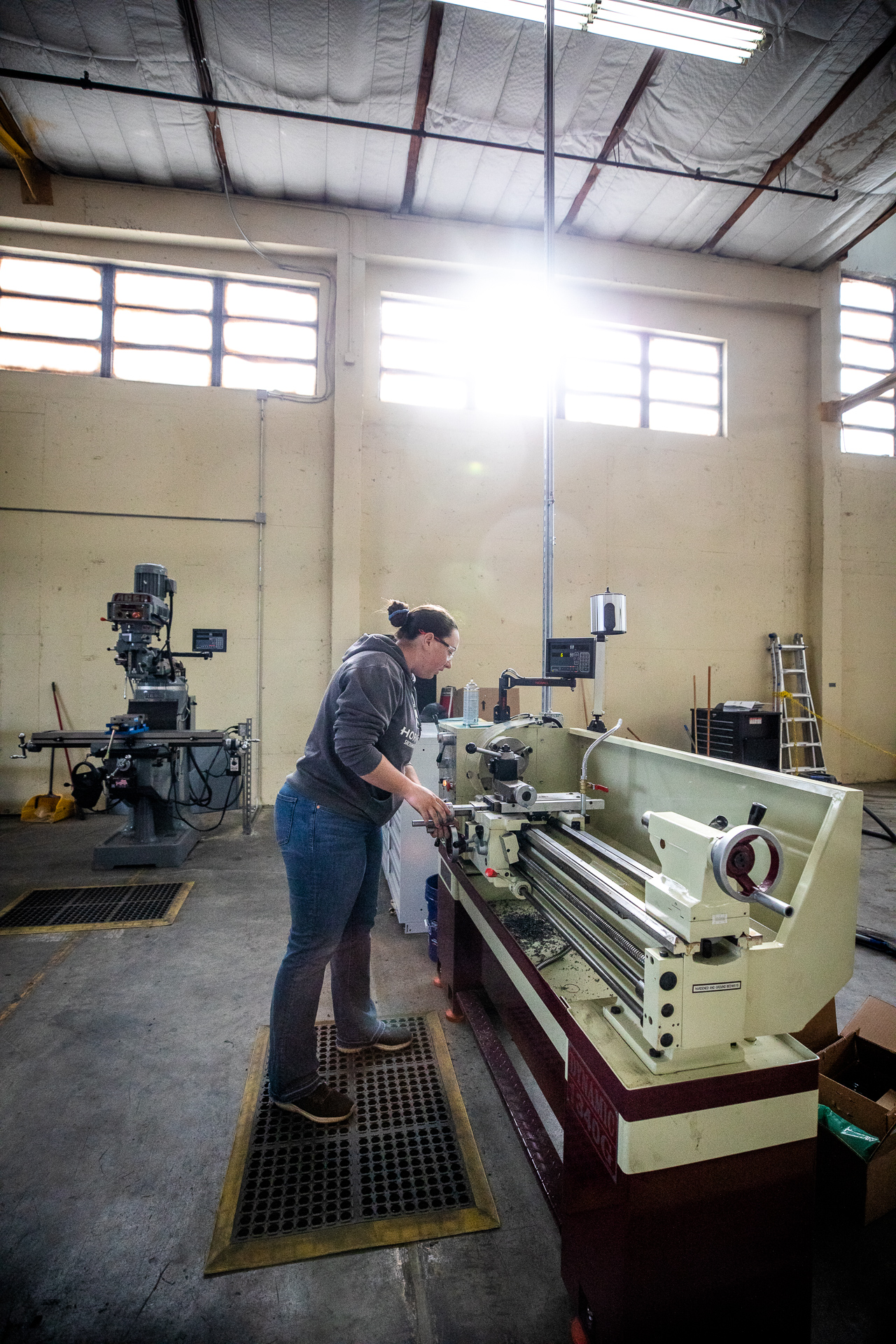
University President Robert S. Nelsen acknowledges CMC’s technological and business importance, while emphasizing the synergy it has with Sac State, as well as the impact it can have on students.
“CMC is targeted at creating sustainable transportation, and sustainability is what Sac State has been about for a long, long time,” said Nelsen, a member of the CMC board, which includes representatives from SMUD, the Greater Sacramento Economic Council (GSEC), EnerTech Capital, Toyota Research Institute, UC Davis, and Microsoft, among other thought leaders in clean technology innovation. “This is exciting from an entrepreneurial standpoint, because it brings start-ups – new companies – to life here.
“And our students will have the chance to work in actual manufacturing, in a plant where they will create prototypes of new technology.”
Sac State is positioned to play an important role, said Yvonne Harris, associate vice president for the University’s Offices of Research, Innovation, and Economic Development (ORIED).
“(W)hen an innovation hub like CMC is connected to a university, it is in a position to use the university’s resources, talents, and mechanisms to speed that along,” Harris said. “This has been done in other industry sectors, but Sacramento State is the first in respect to mobility, clean energy, and emerging technologies.”
CMC’s ramp-up factory occupies a vast warehouse at the former U.S. Army Depot. It is being outfitted with large-scale equipment, ranging from a 13-foot welding table and an electric plasma cutter, to a Dynamic 1340G metal lathe and vehicle lifts embedded in the concrete floor.
Sac State student-interns have been on site for several weeks, validating the machinery and running tests to help ensure readiness when CMC’s first client arrives in mid-May.
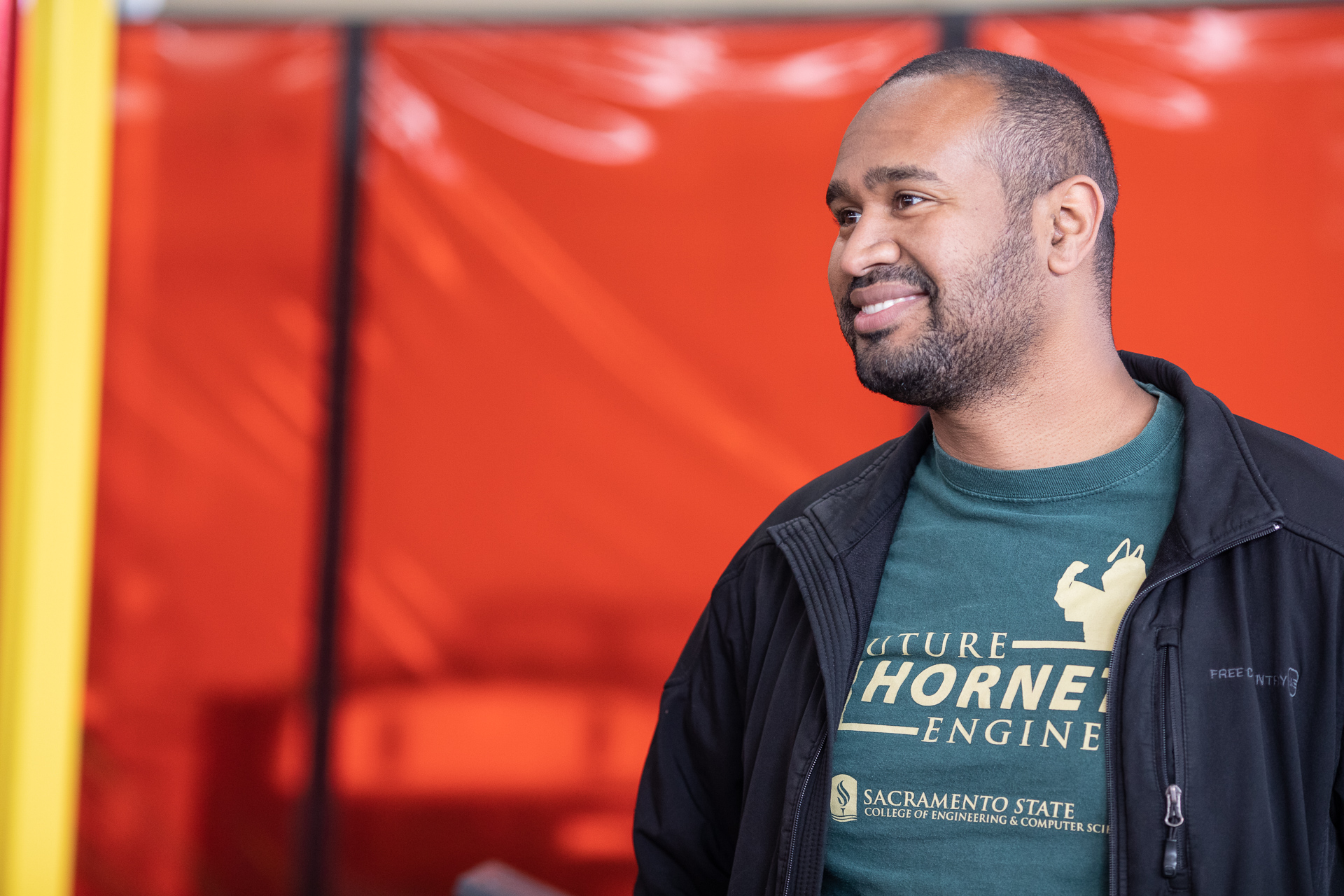
“It’s exciting to see how the technology will evolve and to watch this warehouse be brought up from nothing to what it will be,” said Sarah Moseley ’20 (Mechanical Engineering), now a graduate student in Mechanical Engineering. Her first client project is to retrofit a trailer with clean technology for CleanStart, a Sacramento-based nonprofit.
The first assignment for Derek Heinemann, a Mechanical Engineering undergraduate, is to design an adaptor for the facility’s entrance ramp that will allow oversize vehicles to enter.
Currently, Sac State has five student-interns committed to working at the site. Sierra College and American River College each have one.
The students are mentored by Mike Bell, professor of Mechanical Engineering at Sac State and the ramp-up factory’s chief engineer. He also is executive director of Sacramento State’s newly created Office of Clean Energy and Mobility Technologies (OCEMT), which is within ORIED.
OCEMT connects Sac State and CMC.
“The University is where the human capital is in place,” Harris said. “Given the emerging clean-energy and mobile technologies that CMC is focused on, we have the College of Engineering and the College of Natural Sciences and Mathematics that will all work together based on specific projects where CMC clients need that level of expertise.”
CMC’s clients will pay a fee for business consultation and may rent use of the factory’s growing collection of equipment. When the clients need help with testing and reaching viable commercialization, Bell can provide student-interns and Sac State faculty to work with them.
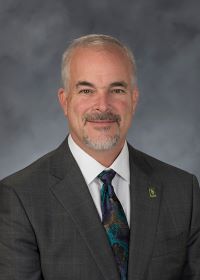
Jonathan Bowman.
Bowman, the Sac State administrator, offers a simple outline of the center’s purpose and methods:
“Say that someone wants to build a new electric scooter and has an idea for the battery,” Bowman said. “Instead of this new company buying manufacturing equipment and hiring business people to help them strategize, they come to CMC.
“They will get early-stage advice on how to build their business and are walked through all the processes that can help them have that battery and scooter commercially viable and ready for production.”
With that anticipated success, CMC and other organizations such as GSEC look for the newly viable companies to set up their manufacturing operations in Sacramento, Bowman said, “And we hope that our student-interns would get jobs with them.”
“CMC is targeted at creating sustainable transportation, and sustainability is what Sac State has been about for a long, long time. This is exciting from an entrepreneurial standpoint, because it brings start-ups . . . to life here." - President Robert S. Nelsen
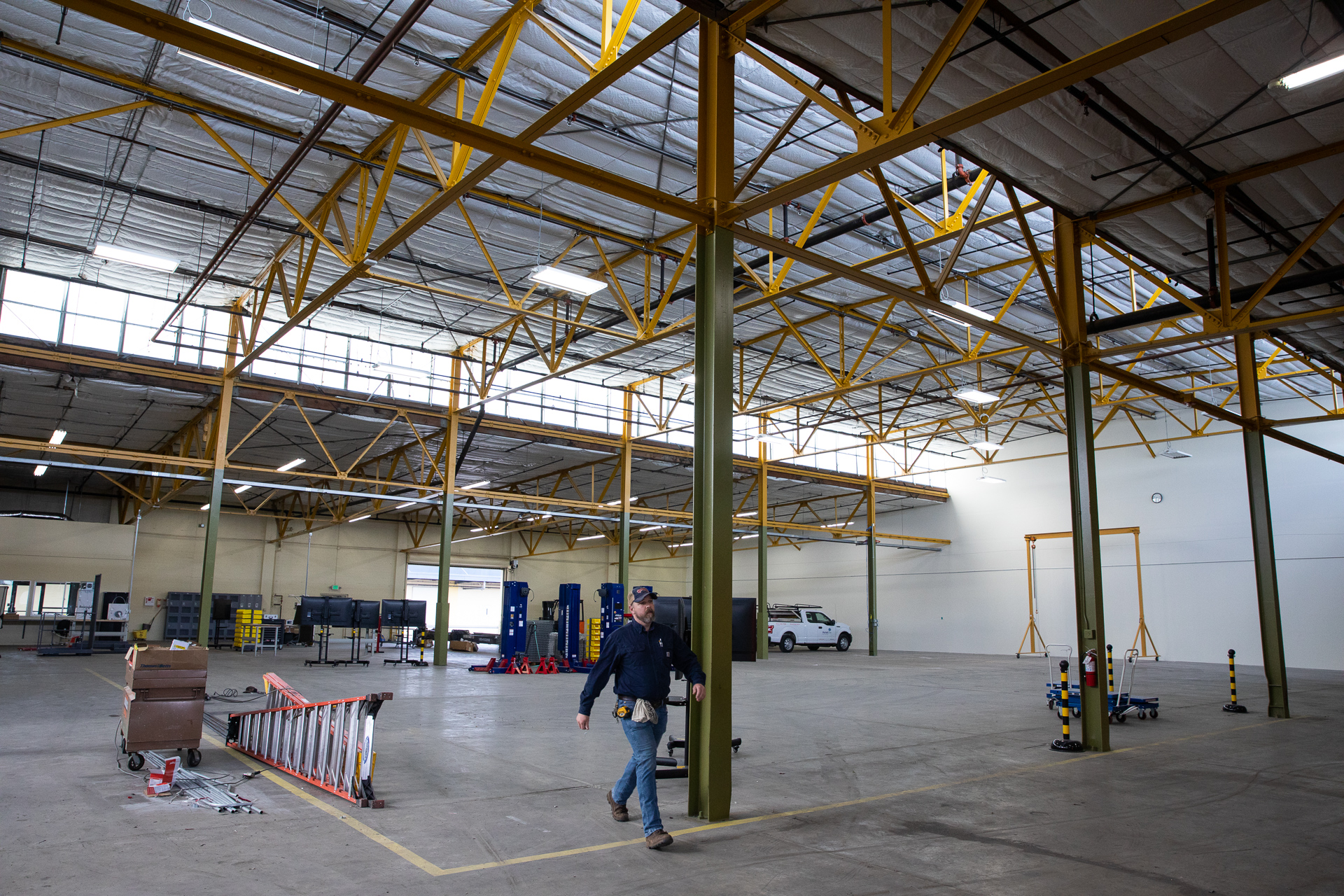
Media Resources
Faculty/Staff Resources
Looking for a Faculty Expert?
Contact University Communications
(916) 217-8366
communications@csus.edu
